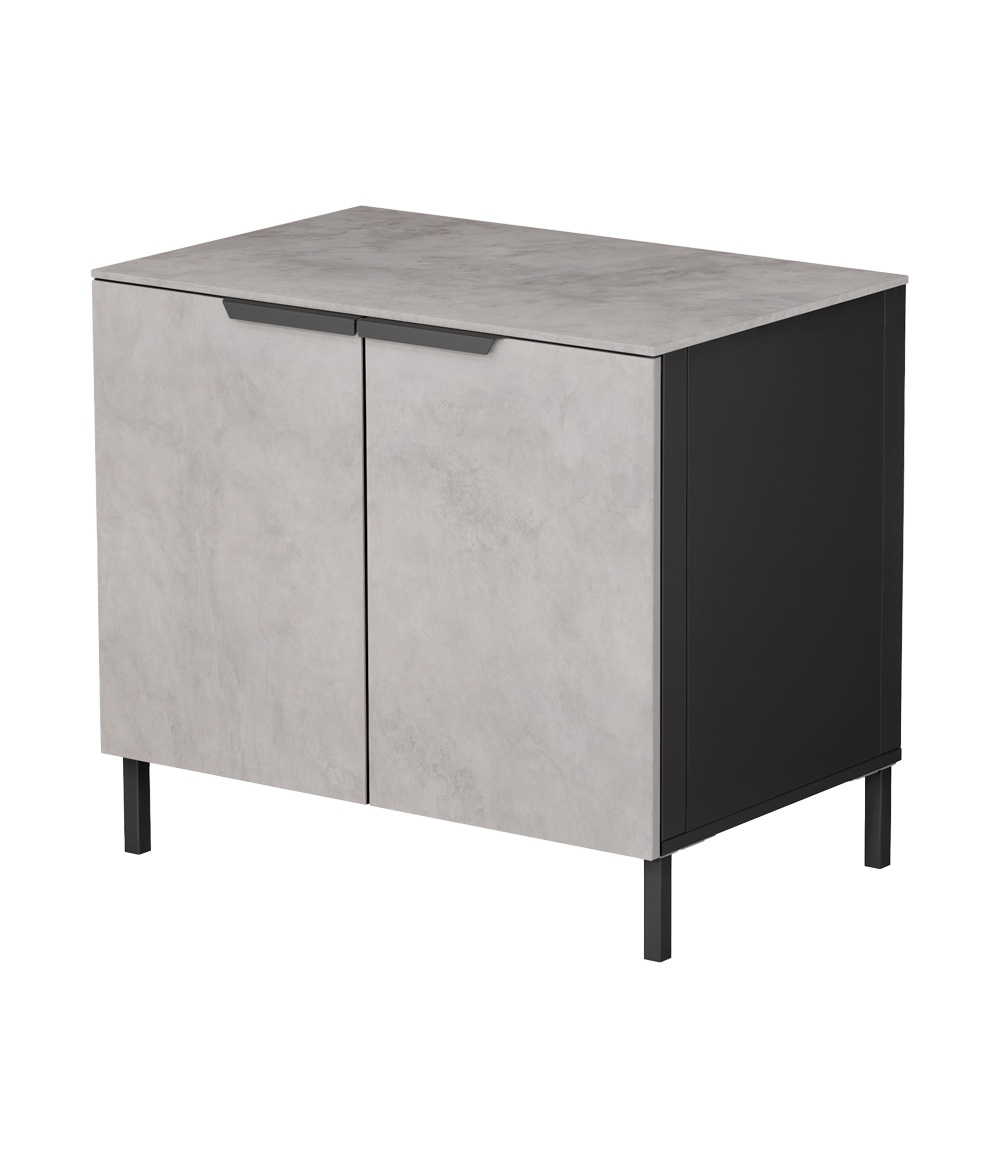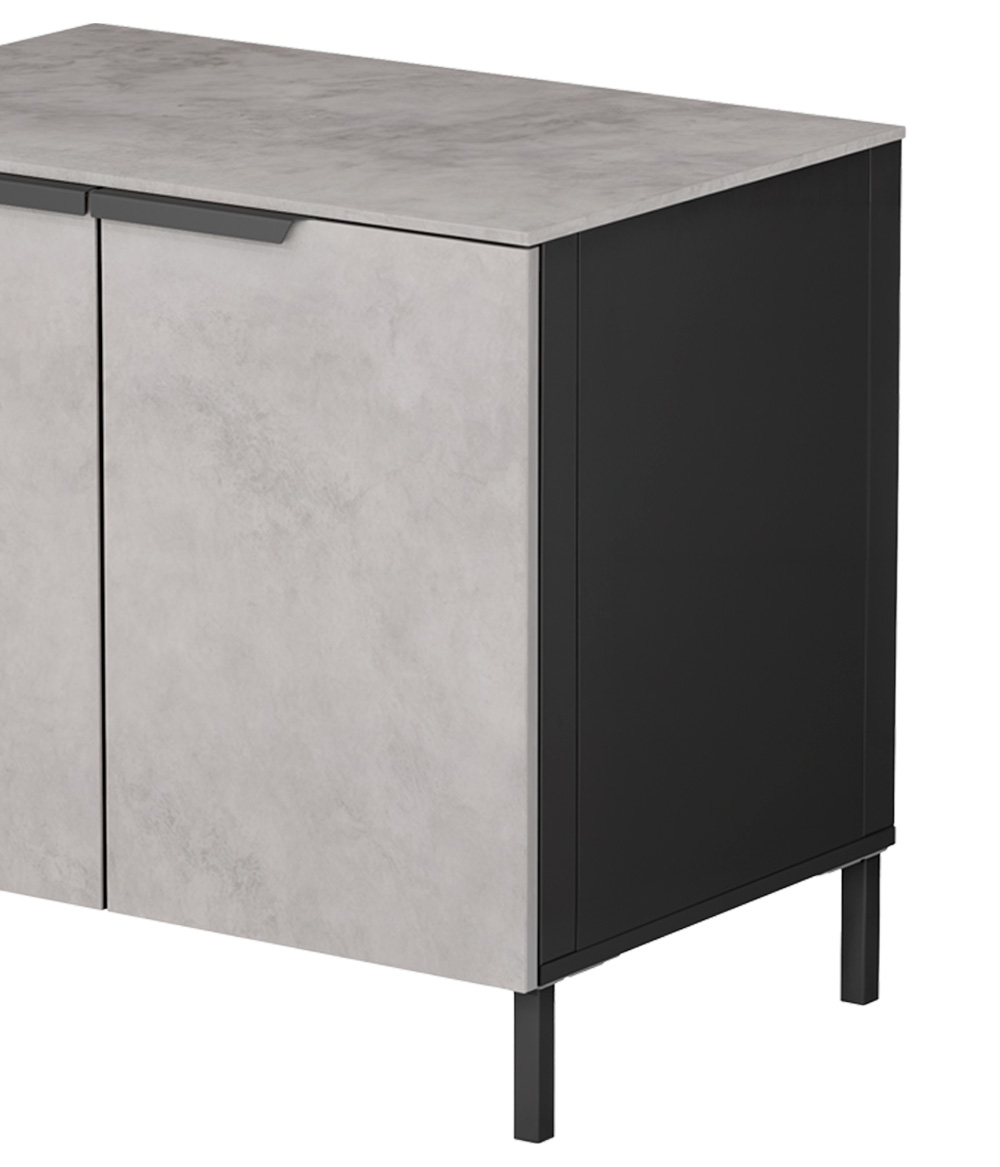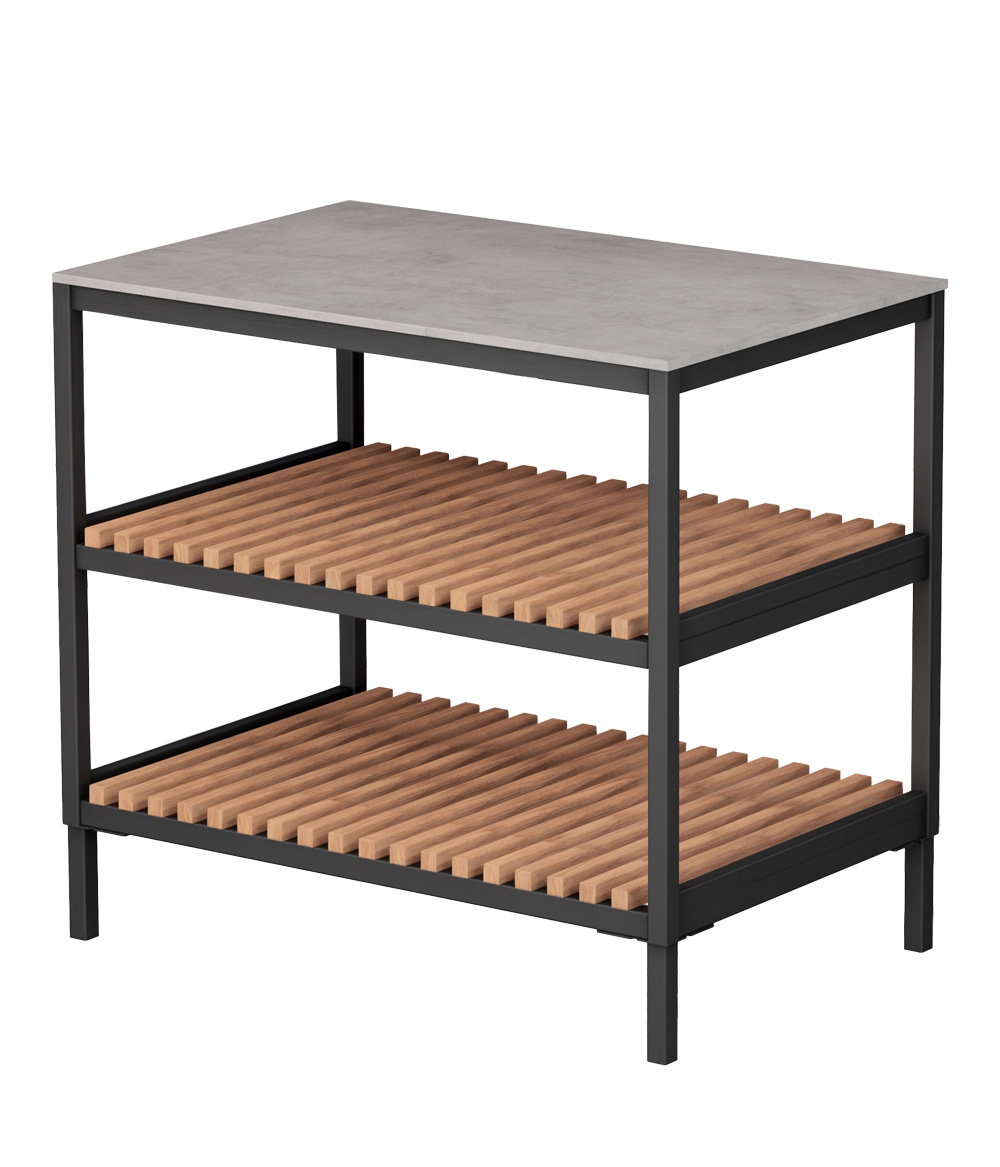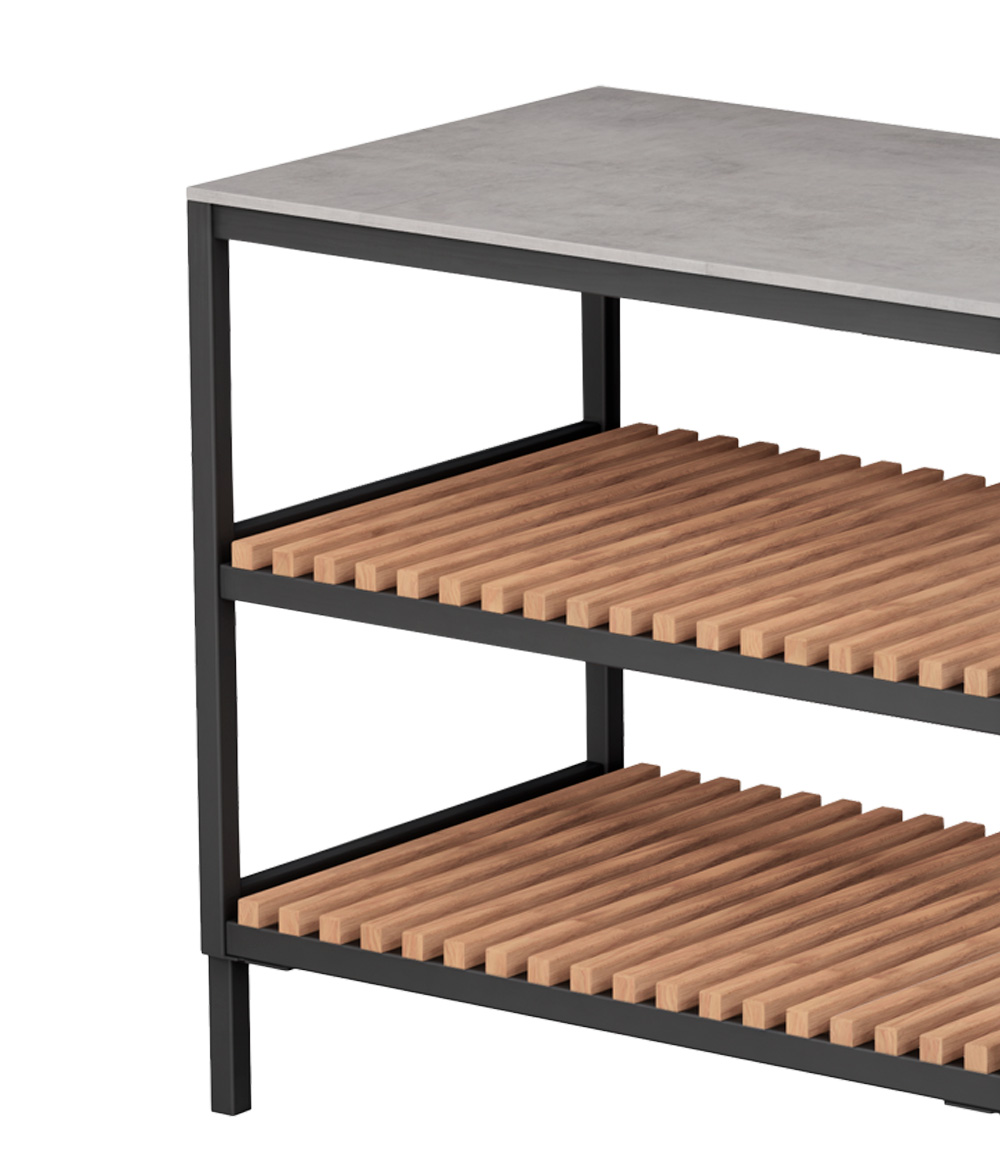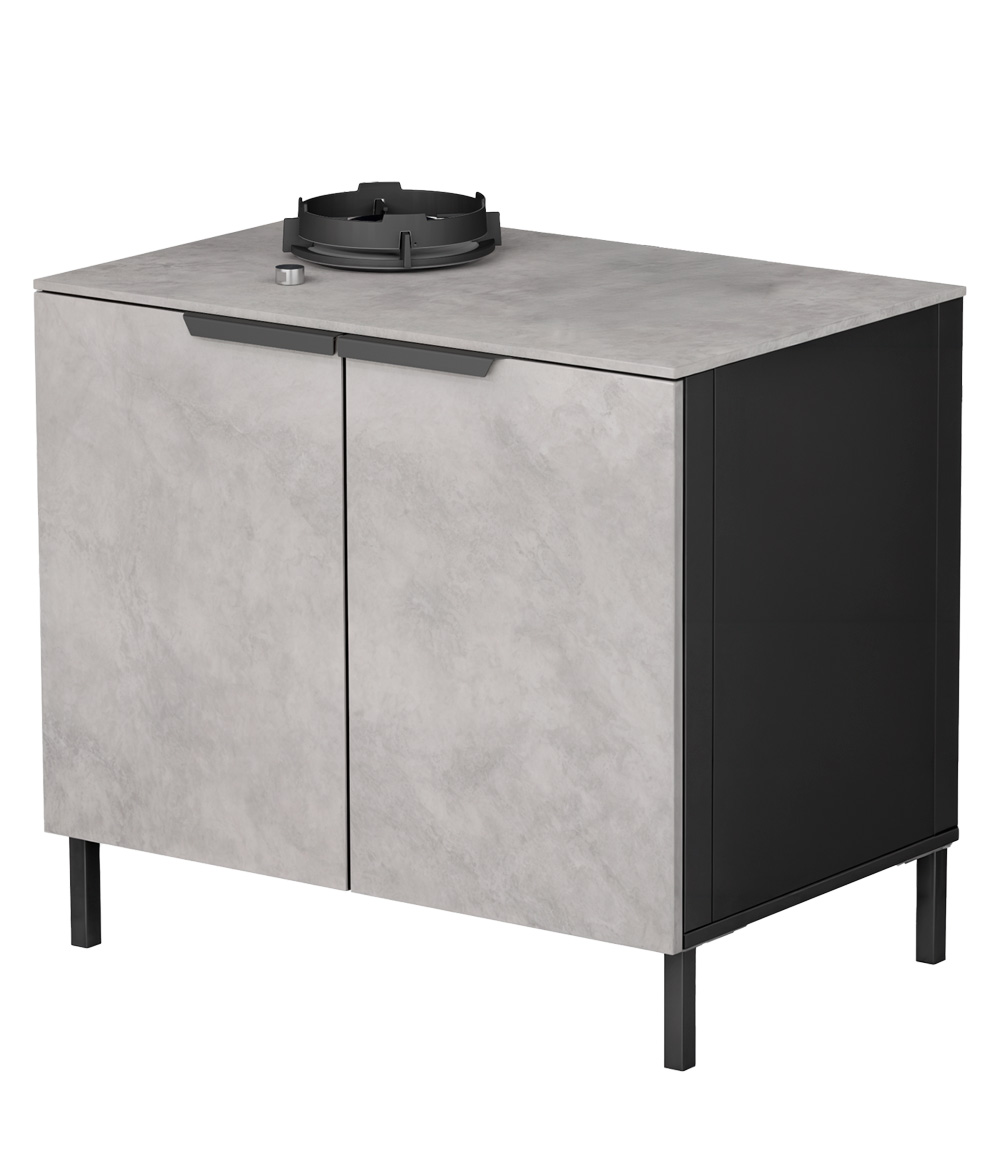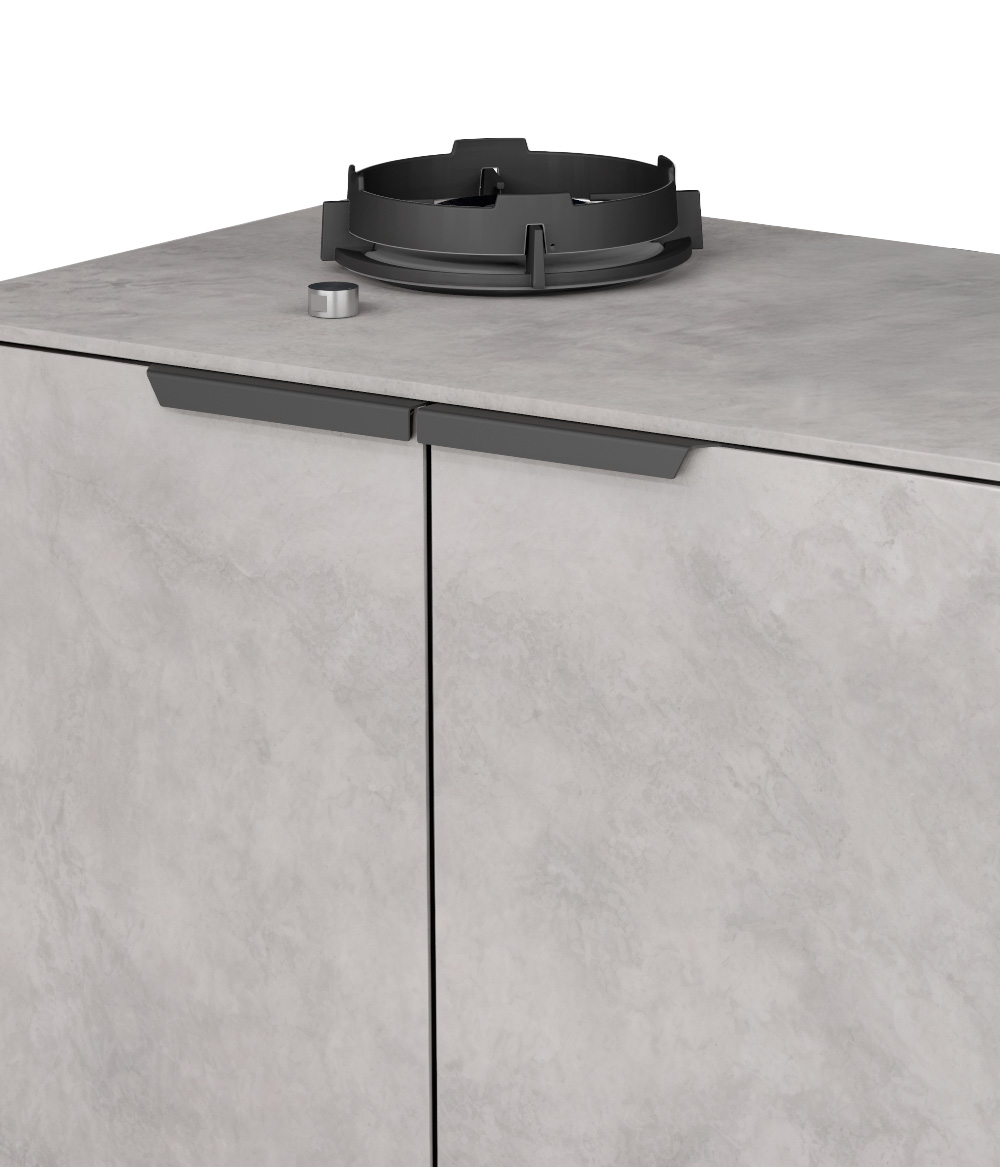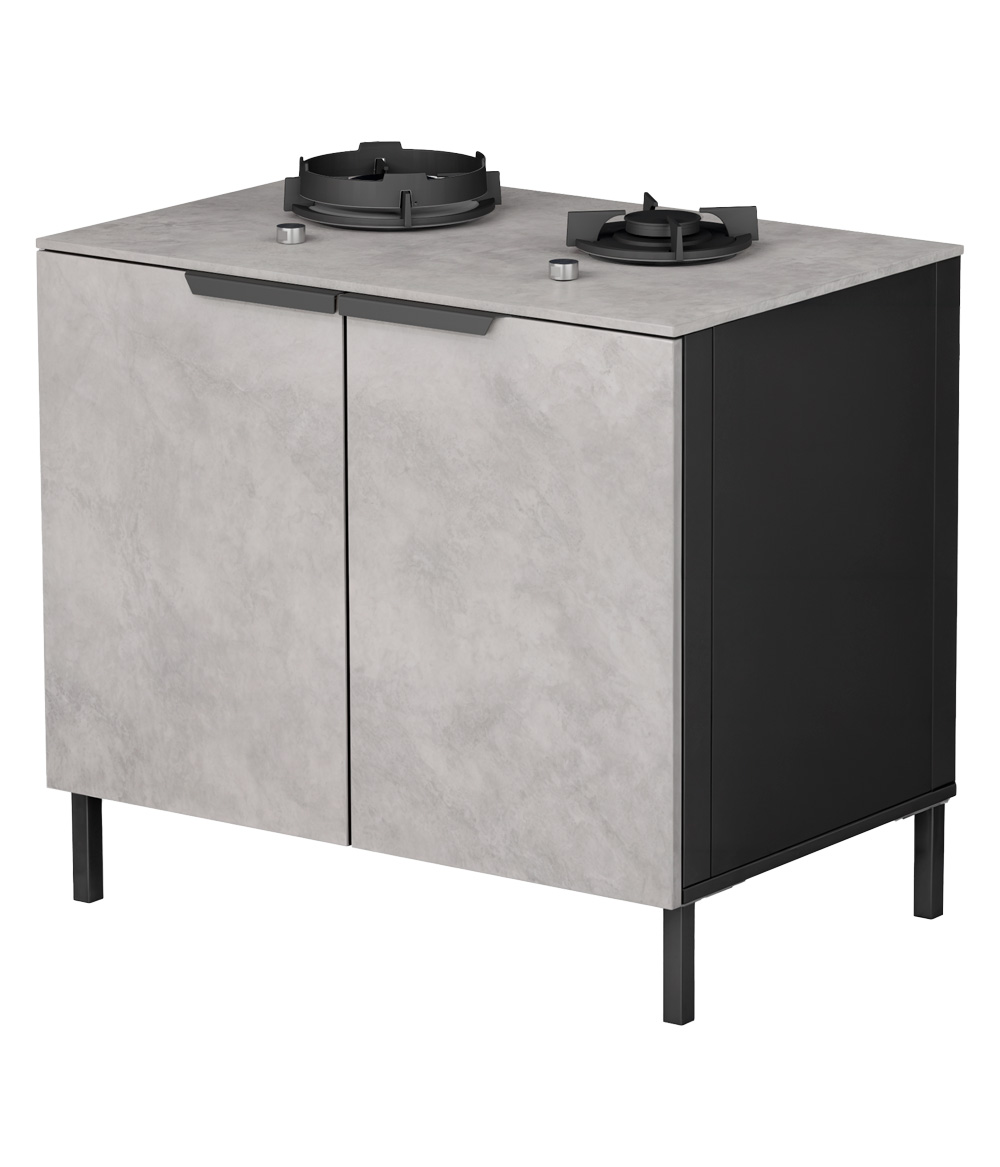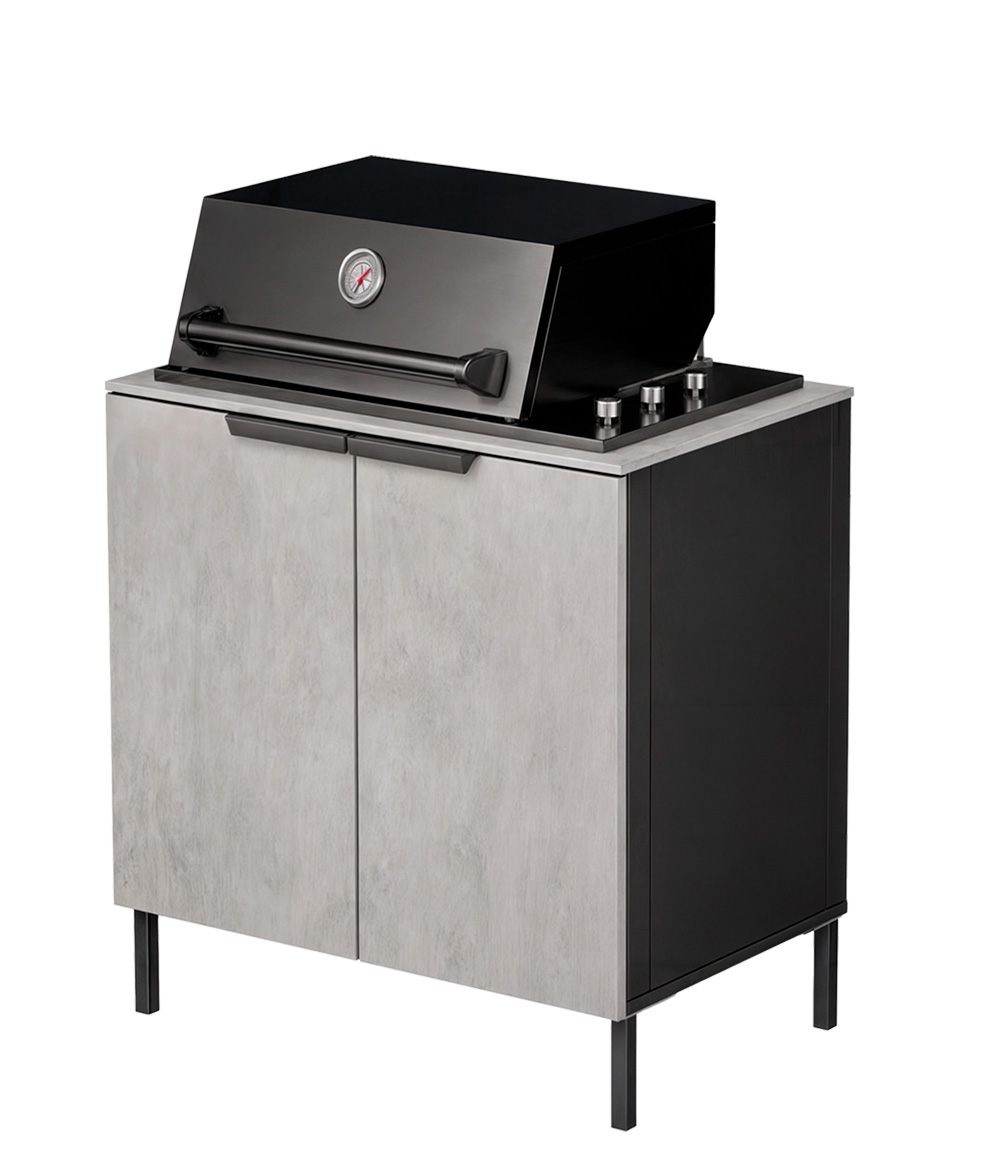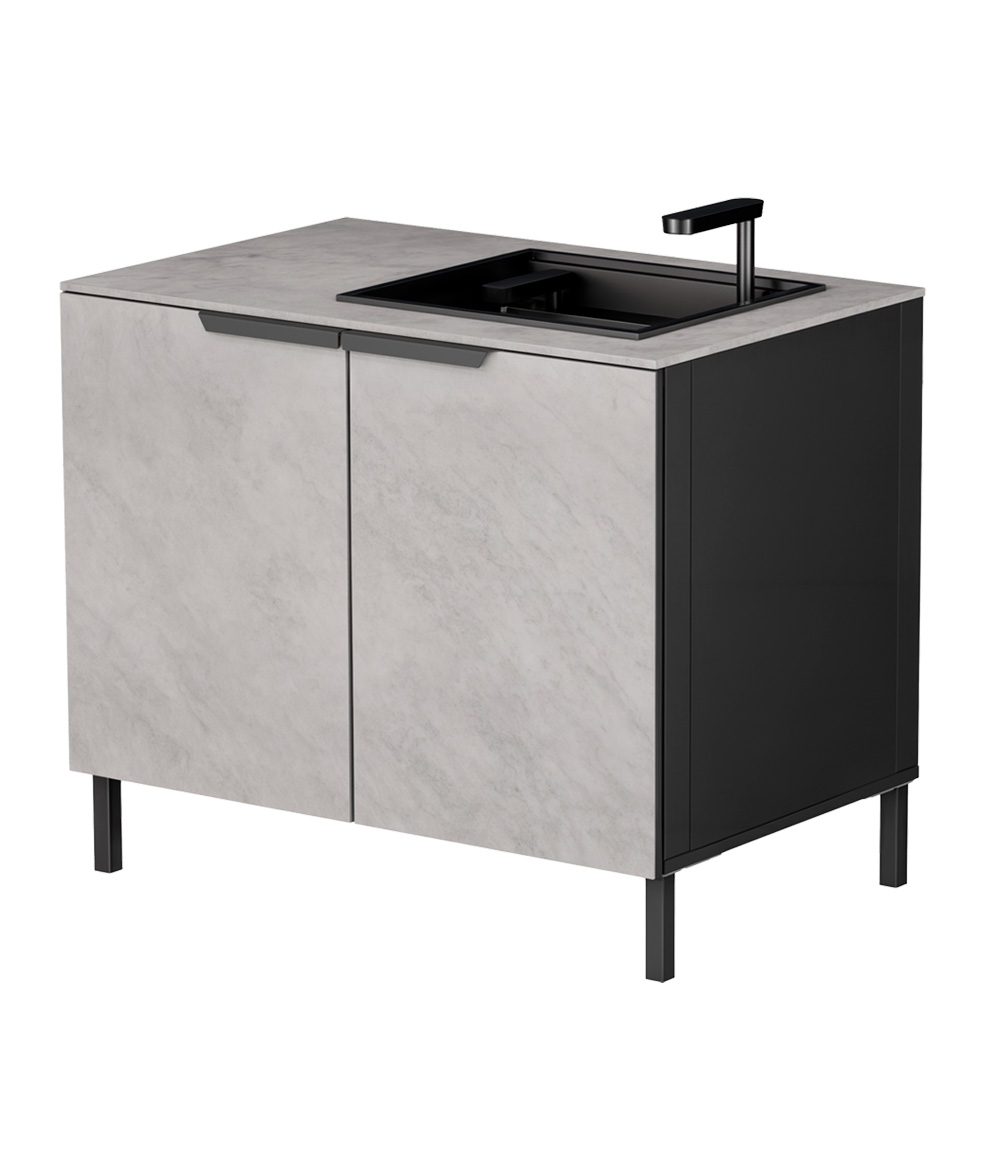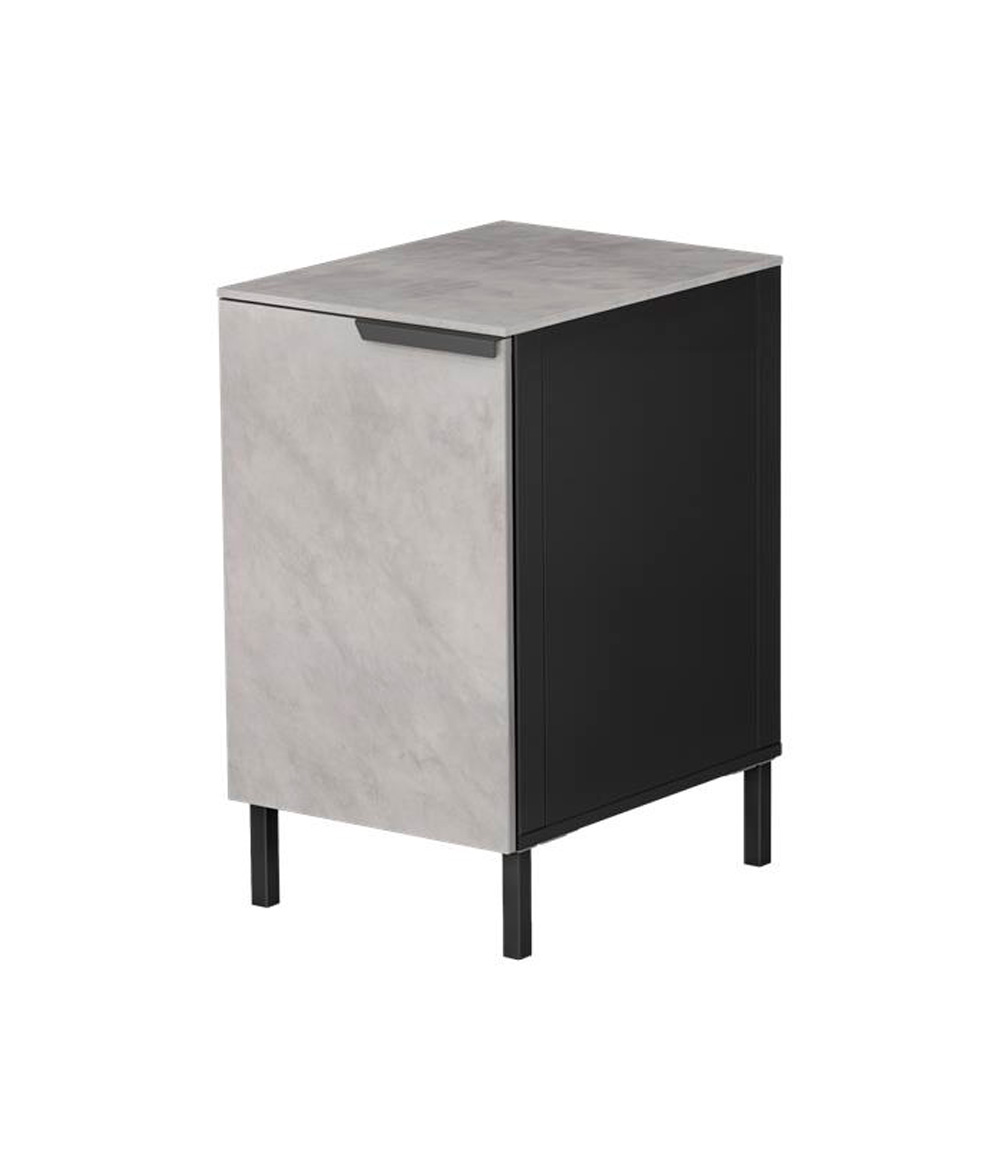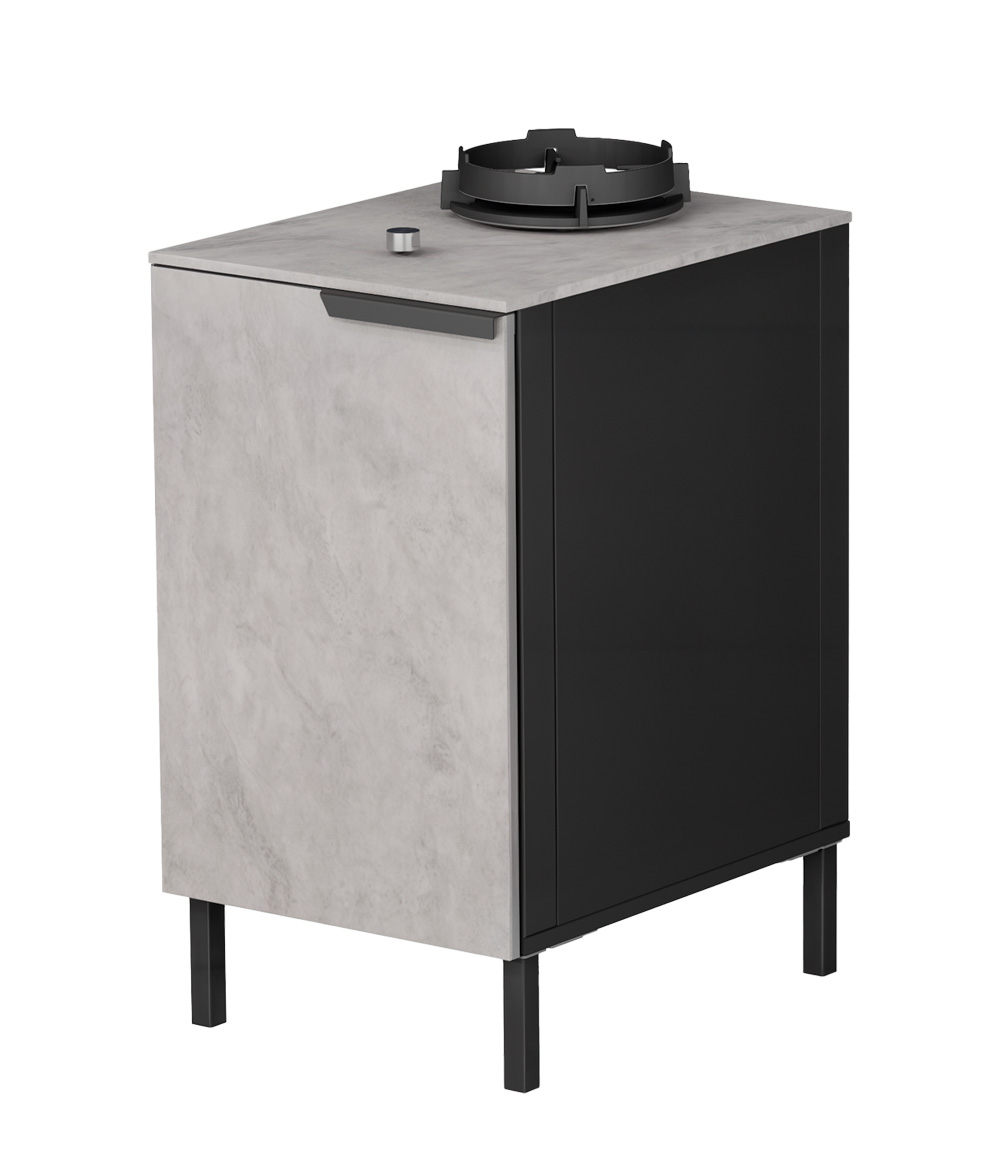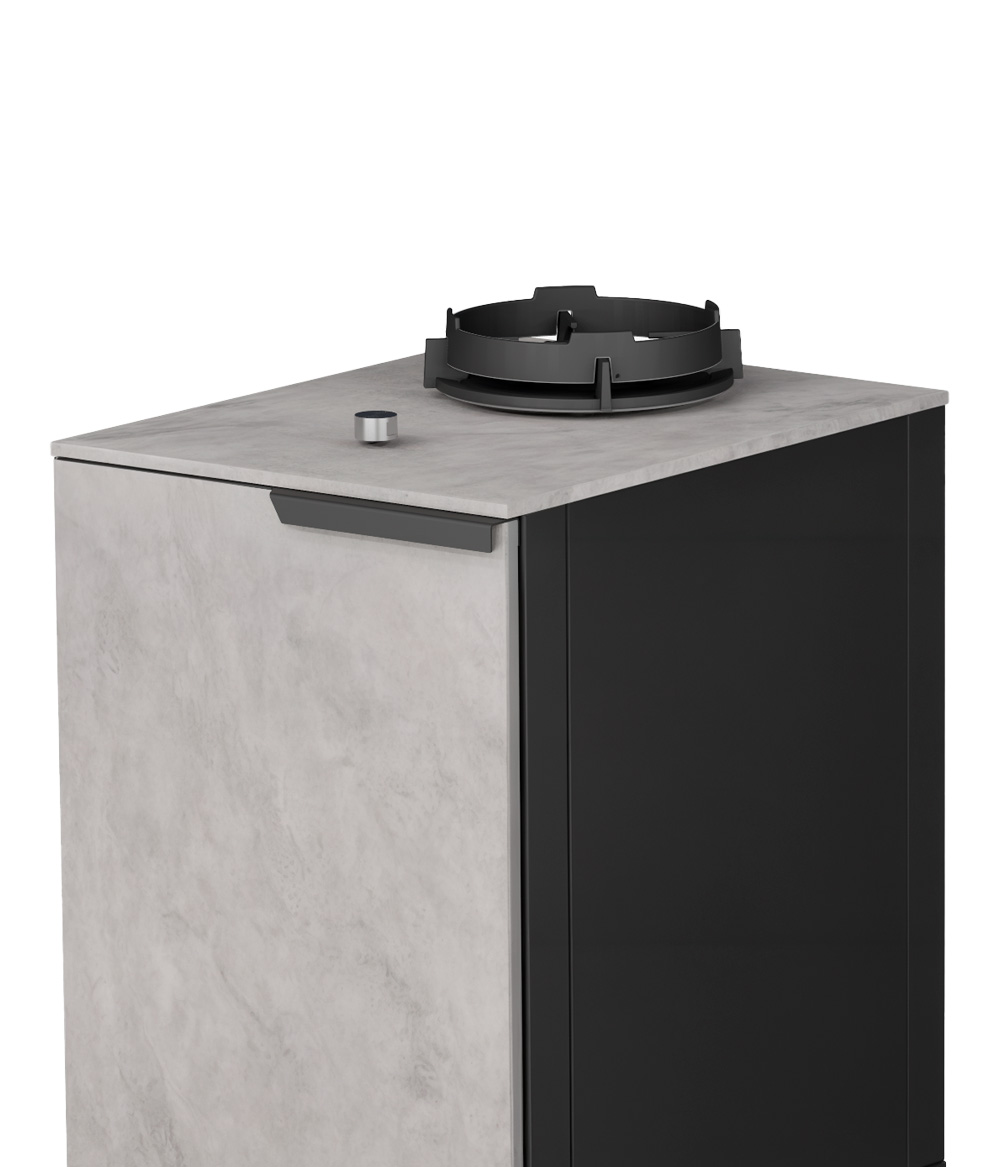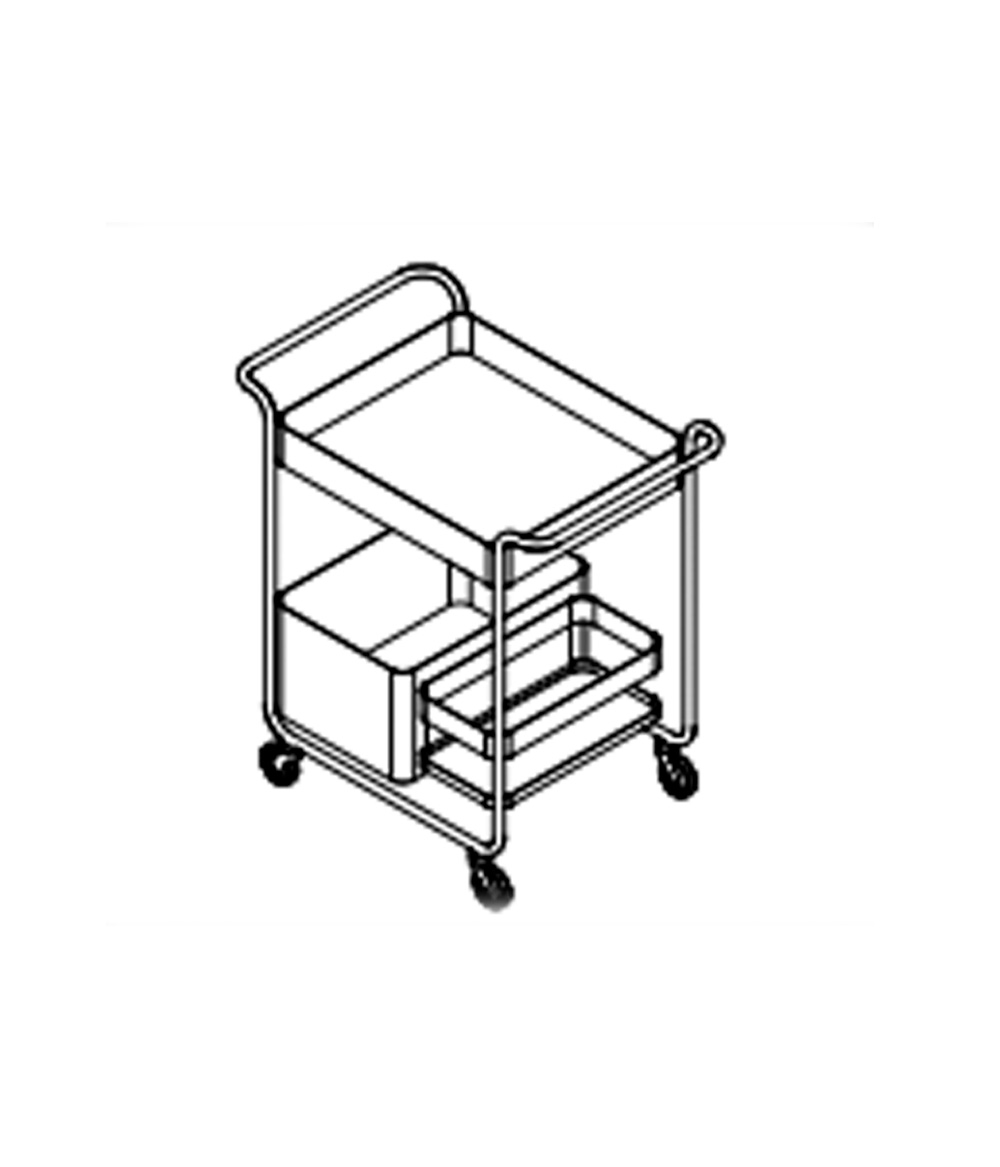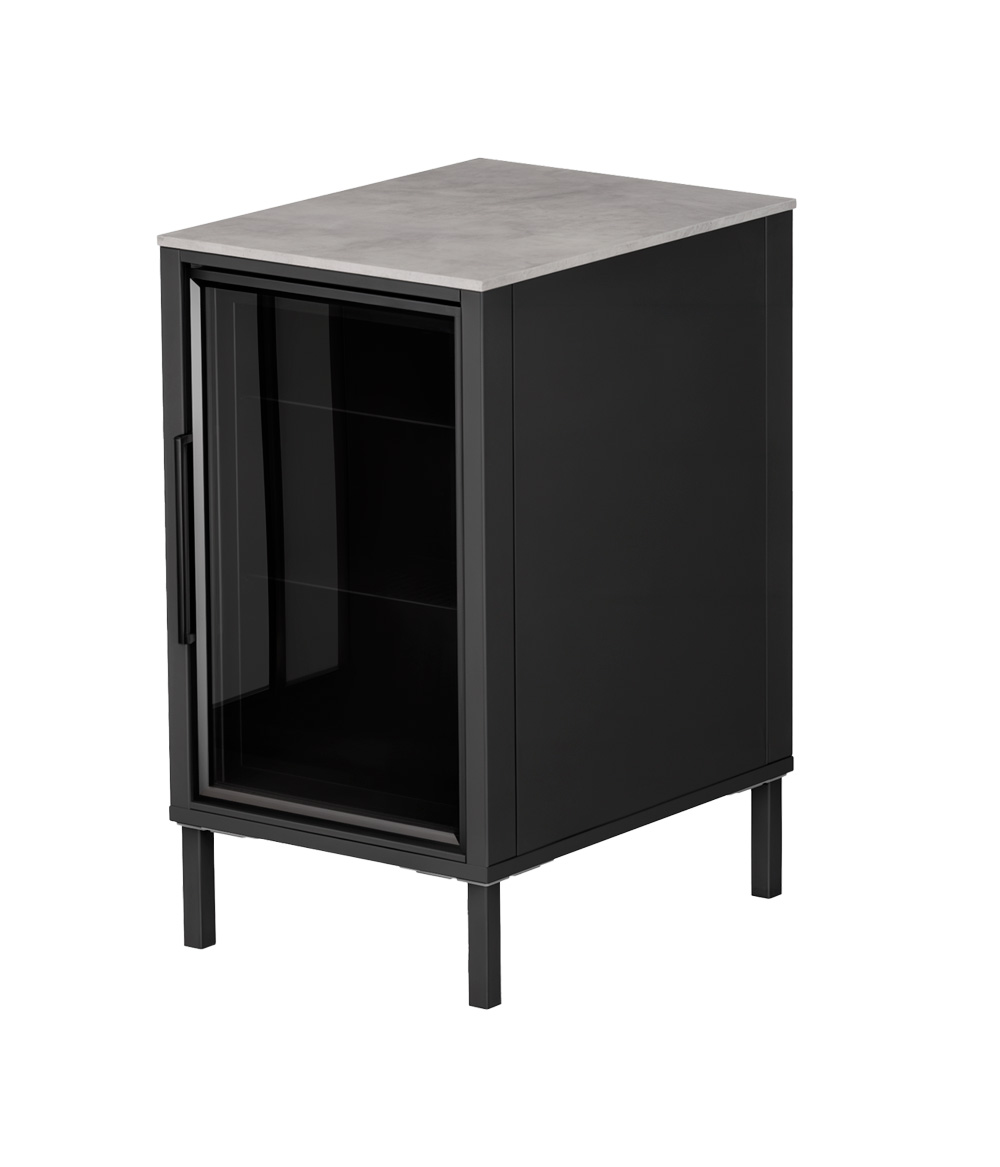-
New
£3,529.00 Add to cartAdd to cartRated 5.00 out of 5Outdoor kitchen Planika CABINET 50 with 1 BURNER
Outdoor Kitchen: The Perfect Blend of Style and Functionality
An outdoor kitchen is more than a place to cook; it’s a lifestyle upgrade that enhances your outdoor living experience. Whether hosting family gatherings, entertaining friends, or enjoying a quiet evening under the stars, an outdoor kitchen provides the ideal setting. It combines functionality with design, creating a seamless space for cooking, dining, and relaxation.
Outdoor kitchens are becoming an increasingly popular feature in modern homes, reflecting a desire to extend living spaces into the outdoors. By creating a fully-equipped kitchen outside, homeowners can elevate their outdoor space and enhance its potential for entertainment and relaxation.
Key Elements of an Outdoor Kitchen
Outdoor kitchens vary in size and layout, but several essential elements create an efficient and enjoyable cooking space.
1. Cooking Equipment
The centerpiece of any outdoor kitchen is the cooking equipment. Most outdoor kitchens include a high-quality grill, ranging from basic to professional-grade models. Additional features like side burners, pizza ovens, or smokers can add variety to your cooking options, depending on your preferences.
2. Counter Space and Preparation Areas
Ample counter space is key for easy food preparation. Options include bar areas for casual dining or large prep stations. Durable, weather-resistant materials like granite, quartz, or stainless steel make excellent choices for outdoor counters, offering both longevity and aesthetic appeal.
3. Storage Solutions
An organized outdoor kitchen is efficient and enjoyable to use. Adding cabinets, drawers, and shelving allows for the storage of utensils, tools, and cooking supplies. Built-in refrigerators and wine coolers keep ingredients fresh, while cabinets store dishes and tableware.
4. Sinks and Plumbing
An outdoor sink makes cleanup simple and offers a convenient water source. Built-in faucets and drainage systems connected to your home’s plumbing make washing dishes or preparing food as easy outdoors as indoors.
5. Lighting
Good lighting is essential for any outdoor kitchen, especially for evening use. Task lighting over cooking areas ensures visibility, while ambient lighting (like string lights or pendants) sets the mood for outdoor dining. Weatherproof lighting fixtures are a must for outdoor durability.
6. Seating and Dining Areas
A well-designed outdoor kitchen includes comfortable seating for guests. Bar stools, dining tables, or lounge seating make the space inviting and enjoyable. Consider how seating integrates with cooking areas to maintain a smooth flow of movement.
7. Fire Features
A fire pit or outdoor fireplace adds warmth and ambiance, becoming a focal point for gatherings. Fire features can also offer cooking options like grilling or wood-fired ovens, creating a cozy and versatile environment.
8. Roof or Covering
Since outdoor kitchens are exposed to the elements, a covering or roof can protect both cooking equipment and guests from sun or rain. Options range from pergolas to fully enclosed structures, enhancing comfort and visual appeal.
Benefits of Having an Outdoor Kitchen
Outdoor kitchens provide benefits beyond cooking and dining, making them a smart addition to your home.
1. Extended Living Space
Adding an outdoor kitchen expands your living area without major renovations, effectively utilizing outdoor space and creating a true extension of your home.
2. Increased Home Value
A well-designed outdoor kitchen can boost property value, as it’s a highly desirable feature for many homebuyers, especially in regions where outdoor living is enjoyed year-round.
3. Entertainment Hub
Outdoor kitchens are the perfect spot for hosting BBQs, family gatherings, or parties. They create a social atmosphere, allowing you to prepare meals while entertaining guests and making the most of your backyard space.
4. Enhanced Cooking Experience
Cooking outdoors is different from indoor cooking and often more enjoyable. Grilling, smoking, or roasting outdoors provides opportunities to experiment with unique flavors and cooking techniques.
5. Reduces Indoor Space Use
An outdoor kitchen reduces the load on your indoor kitchen, particularly for large meals, and helps keep your house cooler during the summer months by moving cooking outside.
Design Considerations for Your Outdoor Kitchen
When designing an outdoor kitchen, consider the following factors:
- Size and Layout: The size depends on available outdoor space and intended use. Cooking for large groups may require more counter space and a larger grill. Ensure that cooking, prep, and dining areas are well-organized.
- Climate: Local climate affects material and design choices. Choose weather-resistant materials and consider features like heating lamps, fans, or shelters for year-round comfort.
- Utilities: An outdoor kitchen may require electricity, gas, and water lines. For safety and efficiency, consider professional installation and plan for drainage and ventilation for appliances like grills.
- Budget: Outdoor kitchens can range widely in cost, from modest setups to high-end designs. Create a plan that fits your budget while maximizing functionality.
Outdoor Kitchen FAQ
Q1: How much does it cost to build an outdoor kitchen?
The cost varies based on size, materials, and features. On average, an outdoor kitchen can range from $5,000 to over $30,000, with high-end appliances and custom features increasing the price.
Q2: Do I need a professional to install my outdoor kitchen?
For larger, complex setups, professional installation is recommended to ensure safe utility connections and design standards. Simpler kitchens may be manageable as a DIY project.
Q3: What materials are best for an outdoor kitchen?
Weather-resistant materials like stainless steel, granite, concrete, and stone are ideal for durability and low maintenance outdoors.
Q4: Can I use my outdoor kitchen in the winter?
Yes, with proper design, outdoor kitchens can be used year-round. Features like a roof, fire pit, or outdoor heaters make it more comfortable in colder months.
Q5: What appliances are necessary for an outdoor kitchen?
A high-quality grill, counter space, and a sink are essential. Depending on your style, consider adding refrigerators, side burners, or pizza ovens for added versatility.
Q6: How do I maintain my outdoor kitchen?
Regular maintenance is key to longevity. Clean appliances, maintain grills, and cover equipment when not in use to protect it from weather.
Adding an outdoor kitchen can elevate your lifestyle, providing a stylish and functional extension to your home where cooking, entertaining, and relaxation come together beautifully.


